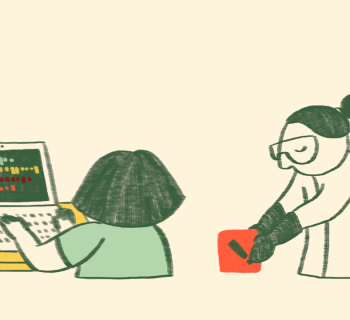At Online Educa Berlin 2015, I had the opportunity to interview Yishay Mor (see podcast below). I was keen to talk to him as he has been one of the people pushing the idea of Design Patterns in technology enhanced learning. And in both the two EU research projects in which I am involved, EmployID and Learning Layers, we are adopting patterns as a design tool or methodology. Both projects from their inception were committed to user centred design. But that left major issues of how to do it. It is not just a matter of getting a group of potential users together and talking with them. We need a language to structure conversations and a language which can describe practice. We have experimented with Personas which I suppose can be described as ideal types. However, all too often the persona ceased to correspond to any reality - or contained a mix of practices from multiple people - rendering them extremely problematic for design purposes.
Design narratives, design patterns and design scenarios seem to offer a potentially richer process for designing for learning, furthermore they may have considerable value in describing innovations in technology. Despite releasing applications as open source, they fail to be picked up on - especially for occupational learning, as the potential uses are opaque.
The following notes are taken from Yishay Mor and Steven Warburton's paper, 'Assessing the value of design narratives, patterns and scenarios in scaffolding co-design processes in the domain of technology enhanced learning.'
Design narratives provide an account of the history and evolution of a design over time, including the research context, the tools and activities designed, and the results of users’ interactions with these
Design narratives offer thick descriptions of innovations, but they are often too specific to lend themselves to efficient transfer to novel challenges. Design patterns fill this gap by offering a “grounded abstraction” of design knowledge distilled from design narratives. Design patterns originate in the work of Christopher Alexander and his colleagues in the theory of architecture (Alexander, 1977).
A design pattern describes a recurring problem, or design challenge, the characteristics of the context in which it occurs, and a possible method of solution. Patterns are organized into coherent systems called pattern languages where patterns are related to each other. The core of a design pattern can be seen as a local functional statement: “for problem P, under circumstances C, solution S has been known to work.
There are many different ways of describing patterns. In EmployID, reflecting its status as a research project we have adopted the following template:
Problem: What is the learning problem that has been addressed? This encompasses a sufficiently generalized version of a learning scenario
Analysis: Interpretation of the problem from a theory perspective
Context: What are the relevant contextual factors that determine if the proposed solution is actually (and maybe allegedly) successfully applicable?
Solution: What is the (socio-)technical solution?
Evidence: Accumulated evidence that the solution is a solution to the problem when the contextual conditions are met, e.g., examples in a specific context, but also feedback from external stakeholders that problem-solution pairs appear applicable in other contexts.
Podcast: Play in new window | Download








